The
Two RV Gypsies: Full-Time RVers |
|
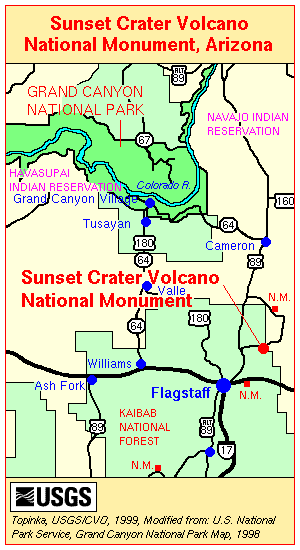 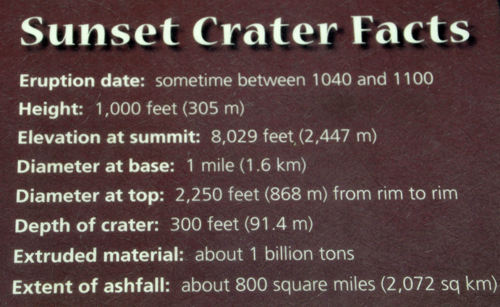 |
|
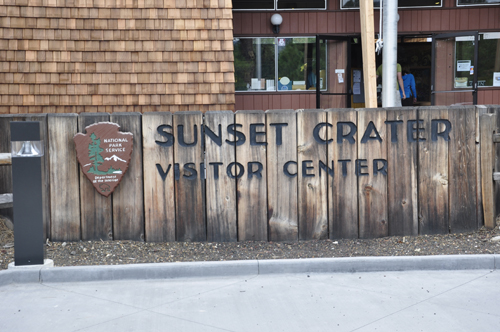 |
|
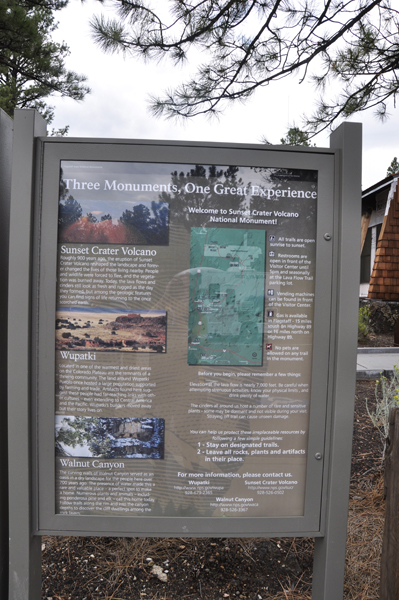 |
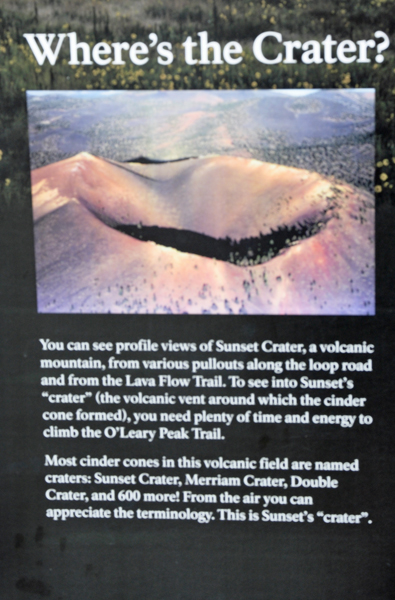 |
Below: Sunset Crater began erupting in 1064 A.D. and marks the northwestern end of this fissure. Damage from hikers forced the National Park Service to close a trail leading to the center of the crater. |
|
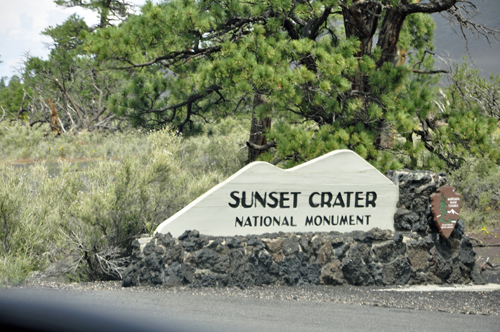 |
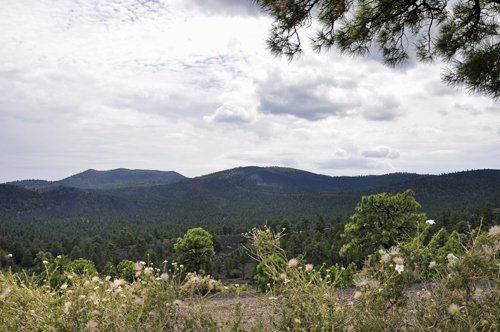 |
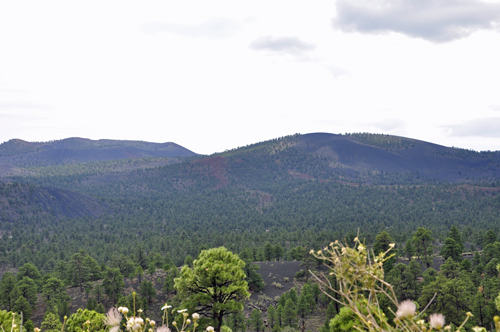 |
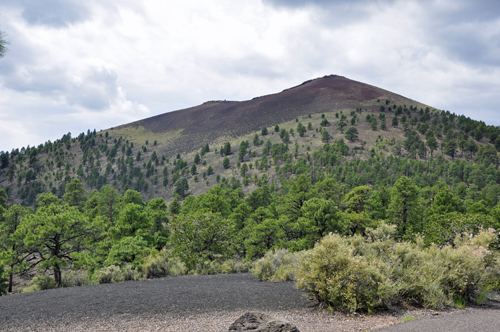 |
Sunset Crater is a volcanic cinder cone located north of Flagstaff in U.S. State of Arizona. The crater is within the Sunset Crater Volcano National Monument. |
|
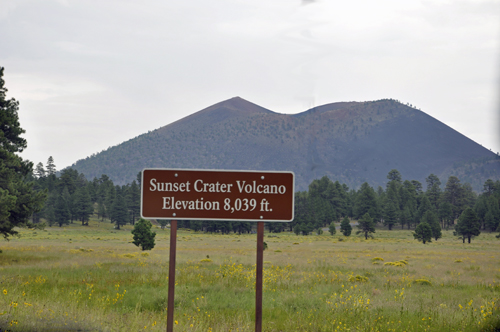 |
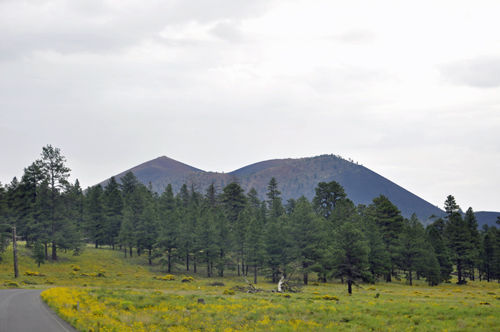 |
|
|
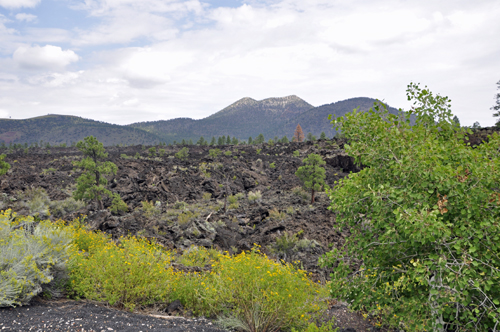 |
 |
Roughly 900 years ago, the eruption of Sunset Crater Volcano reshaped the surrounding landscape; forever changing the lives of people, plants and animals. |
|
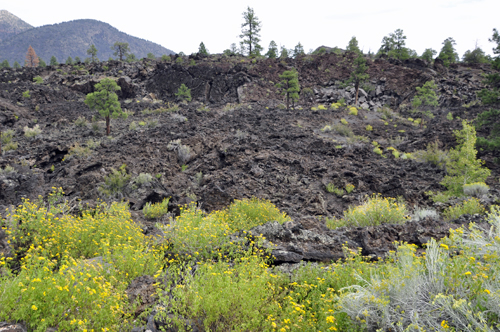 |
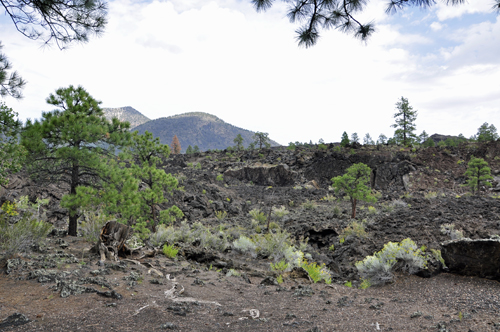 |
Below: Sunset Crater as seen from the lava flow |
|
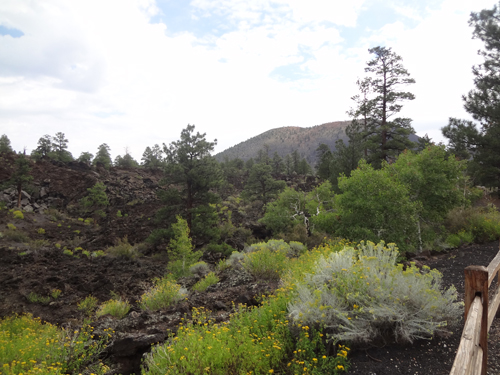 |
|
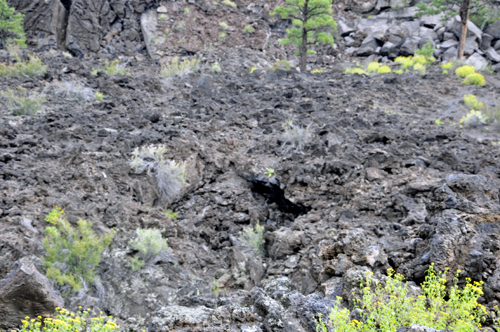 |
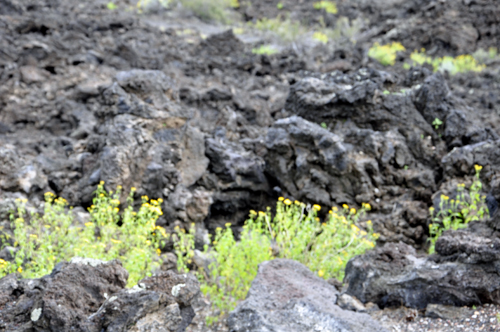 |
Below: The Lava Flow Trail is a self-guided loop trail; an easy 1-mile round trip. |
|
Pinus Ponderosa: Most of the pines along this trail do not look like their majestic and ponderous counterparts growing in nearby forests. The drier, hotter environment and nutrient-poor soils of this new volcanic landscape stunt growth. Their twisted, spiraling wood under the bark increases flexibility and helps the tree survive wind and snow damage. |
|
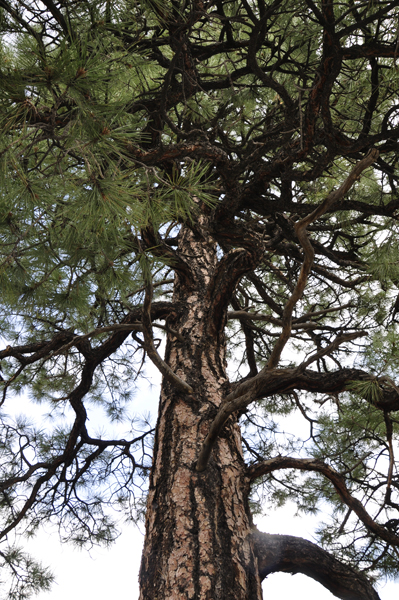 |
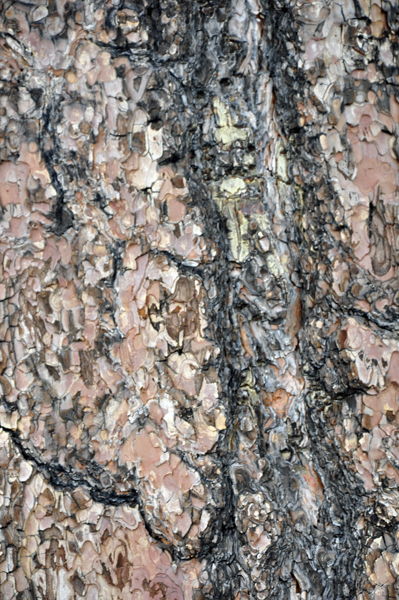 |
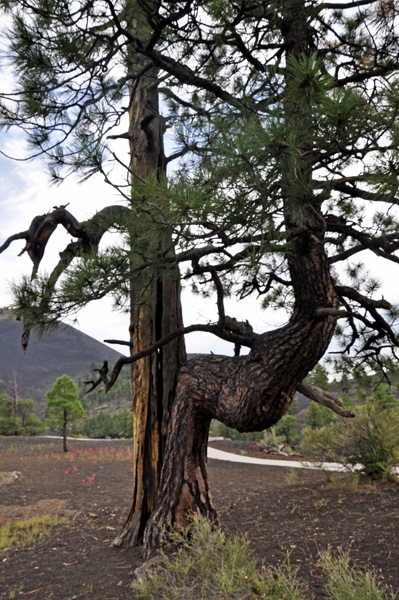 |
|
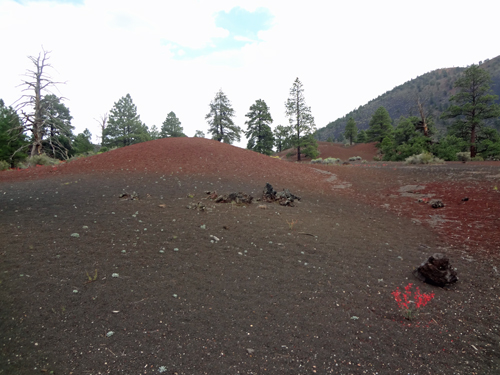 |
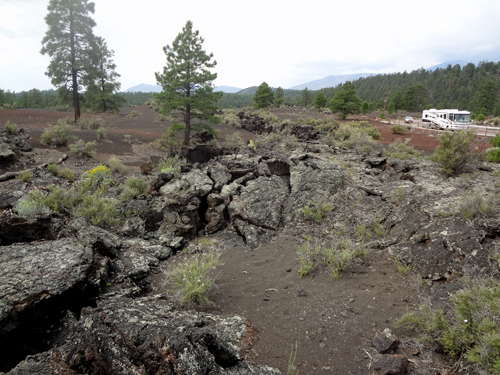 |
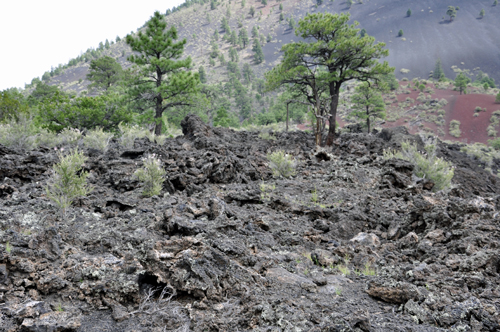 |
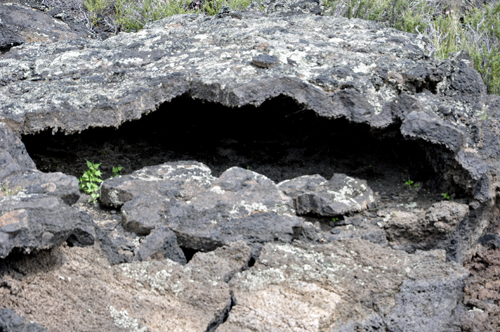 |
Below: The standing section of lava shown below is called a squeeze-up. It forms as pasty lava from beneath the surface oozes through a crack in the lava crust, like toothpaste squeezed from a tube. Vertical grooves appear where the lava scrapes against the walls of the crack, creating an interesting formation. |
|
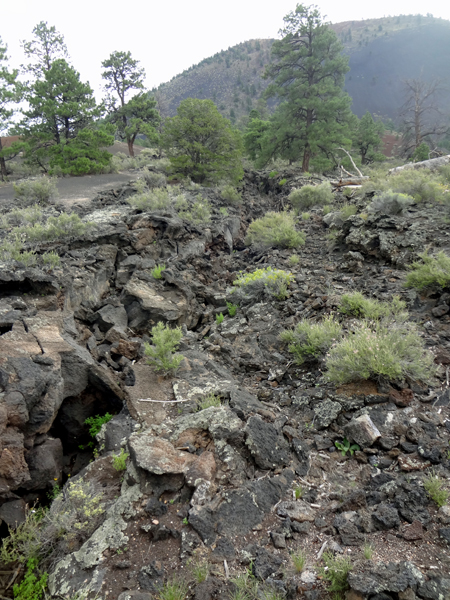 |
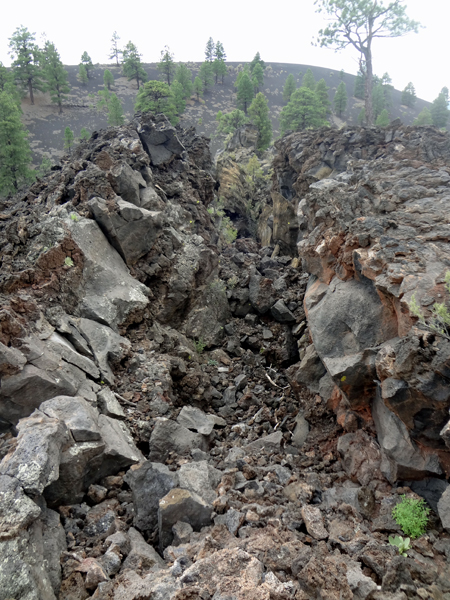 |
 |
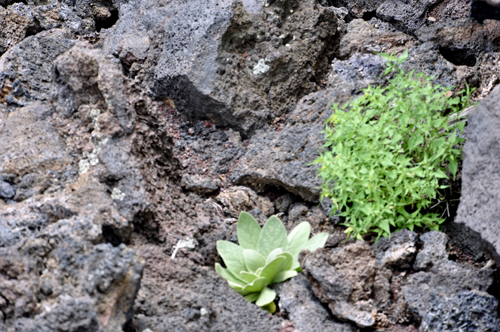 |
|
|
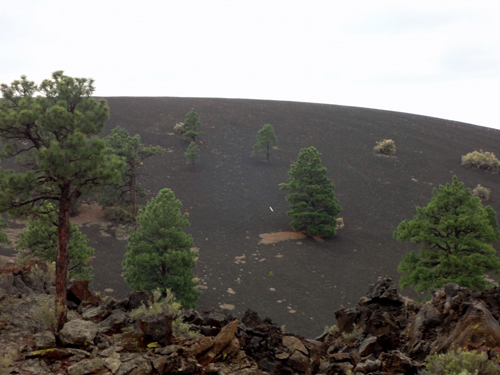 |
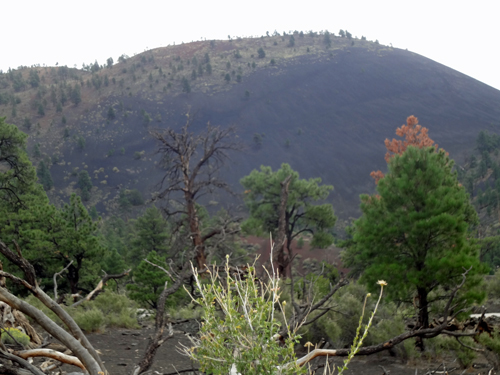 |
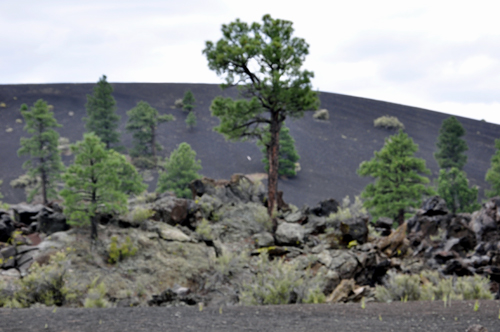 |
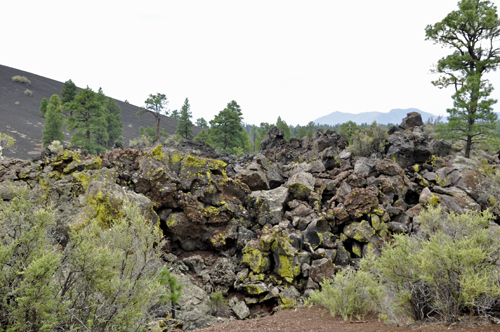 |
|
|
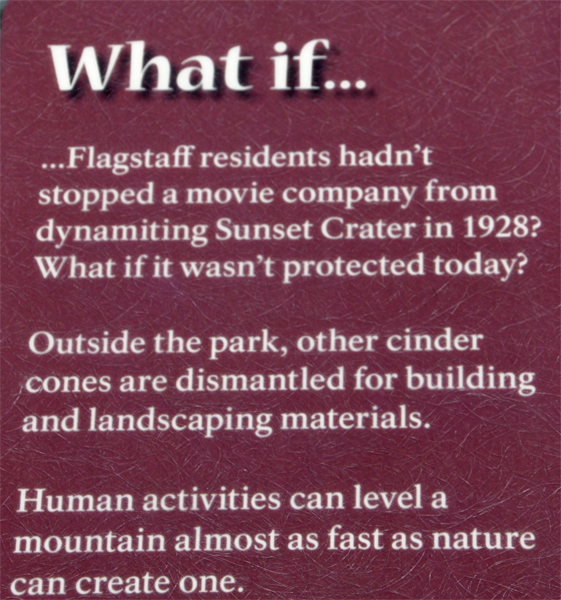 |
|
Below: The two RV Gypsies on The Lava Flow Trail at Sunset Crater Volcano National Monument. |
|
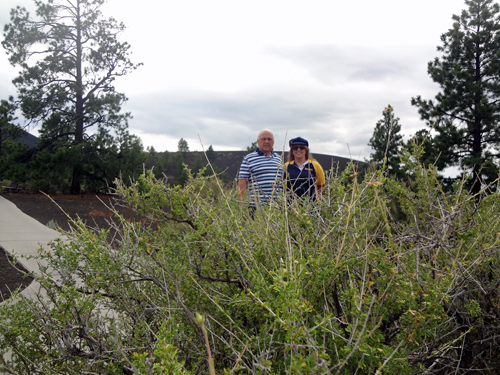 |
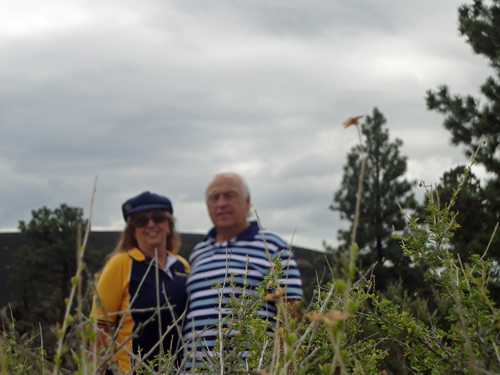 |
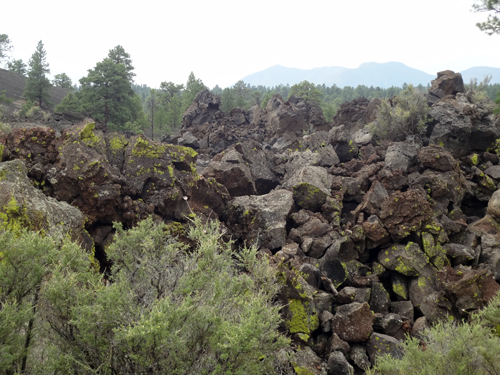 |
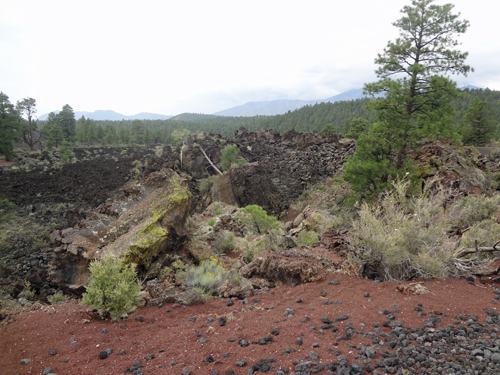 |
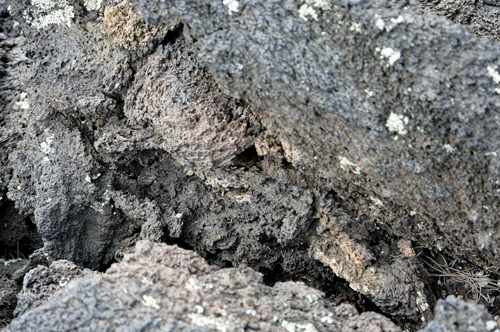 |
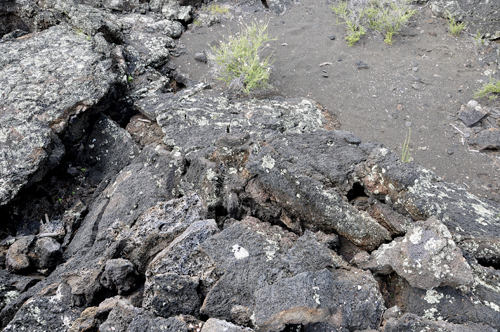 |
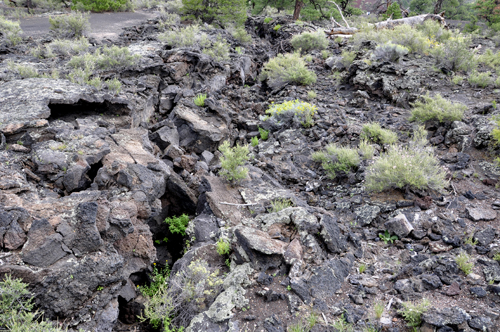 |
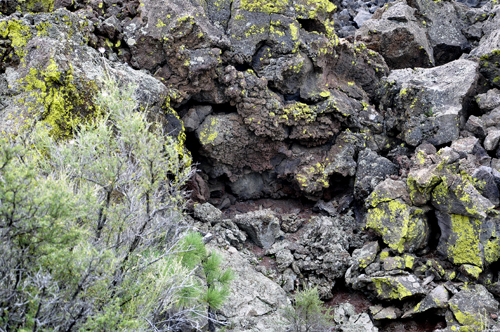 |
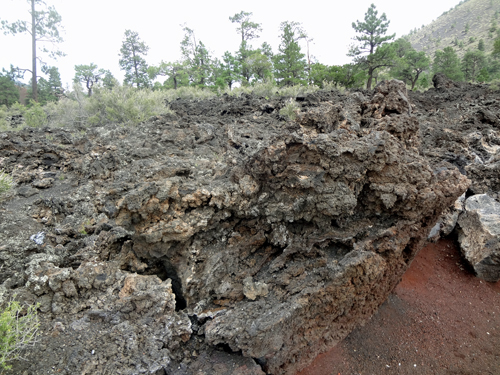 |
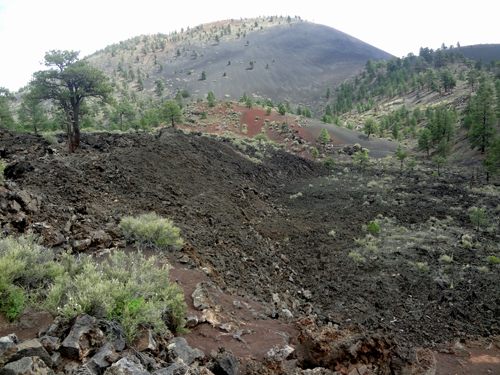 |
 |
|
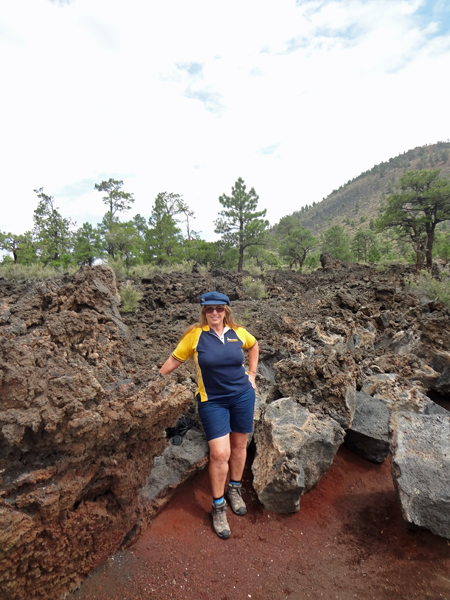 |
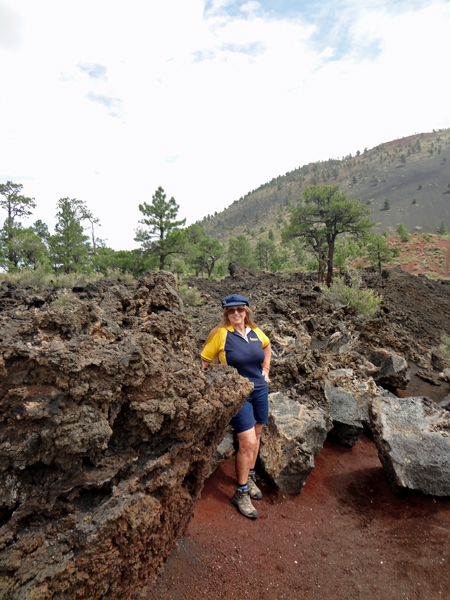 |
Below: Beautiful flowers growing through the cinder, fields of lava.... breathtaking! |
|
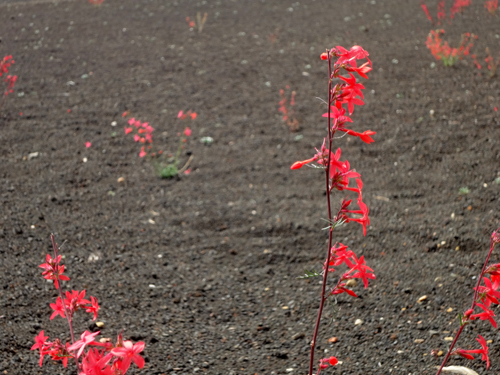 |
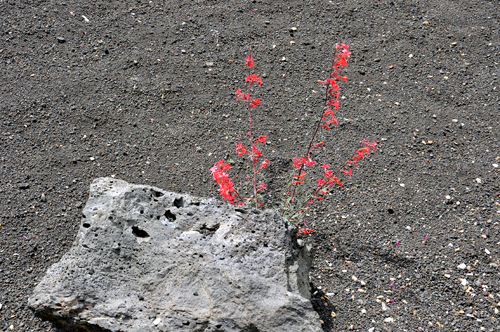 |
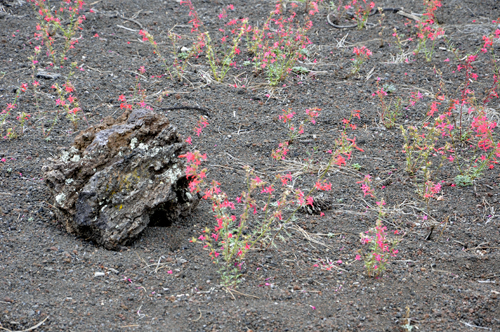 |
|
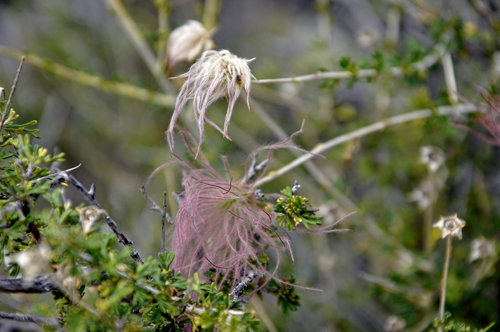 |
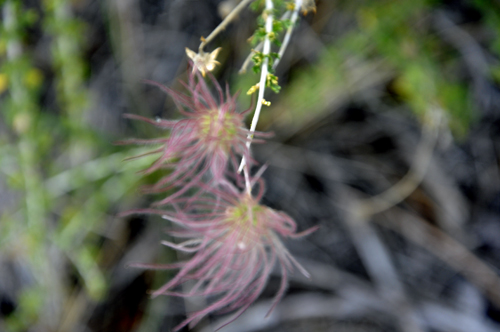 |
CINDER HILLS OVERLOOK: A series of red cinder-covered vents are in the valley shown below, marking a fissure along which the most recent volcanic activity occurred. |
|
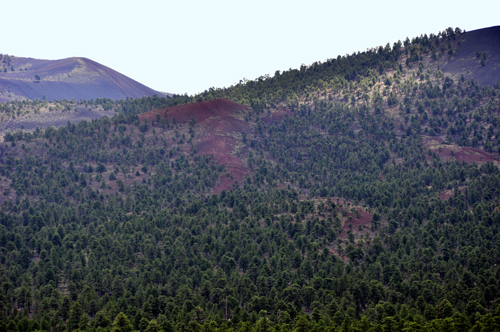 |
|
Wupatki National Monument (shown below) is located along a 35-mile scenic loop road through open meadows, beautiful ponderosa pine trees, juniper grasslands. Drive time along the loop road is about one hour. |
|
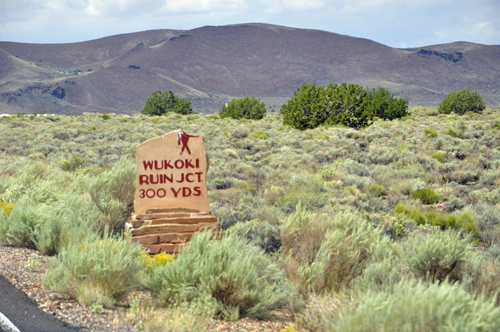 |
|
Below: The Painted Desert and the open red rock landscape of the Wupatki Basin can be seen although it is hundreds of miles away. |
|
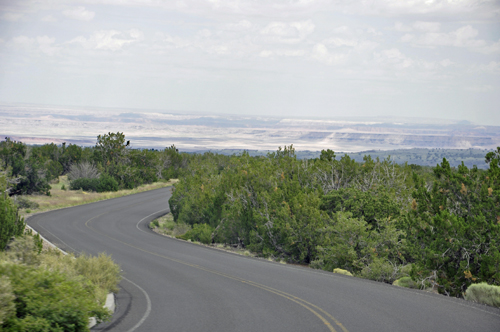 |
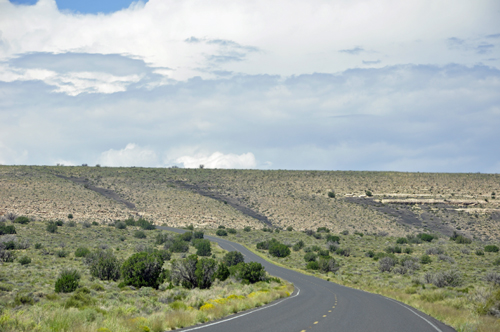 |
 Hundreds
of volcanic eruptions gave life to this region's present landscape.
All the hills and mountains seen in this area are volcanoes. They are
part of a 2,200 square mile landscape of lava flows, cinder cones, and
other volcanic wonders known as the San Francisco Volcanic Field. Sunset
Crater is the youngest in this string of volcanoes that is related to
the nearby San Francisco Peaks.
Hundreds
of volcanic eruptions gave life to this region's present landscape.
All the hills and mountains seen in this area are volcanoes. They are
part of a 2,200 square mile landscape of lava flows, cinder cones, and
other volcanic wonders known as the San Francisco Volcanic Field. Sunset
Crater is the youngest in this string of volcanoes that is related to
the nearby San Francisco Peaks. 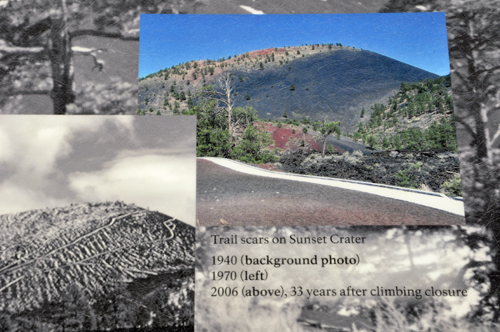

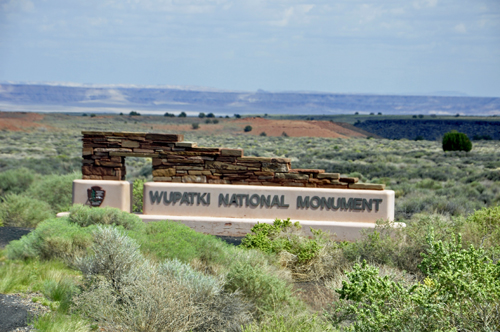

 Continue
on to
Continue
on to 
























